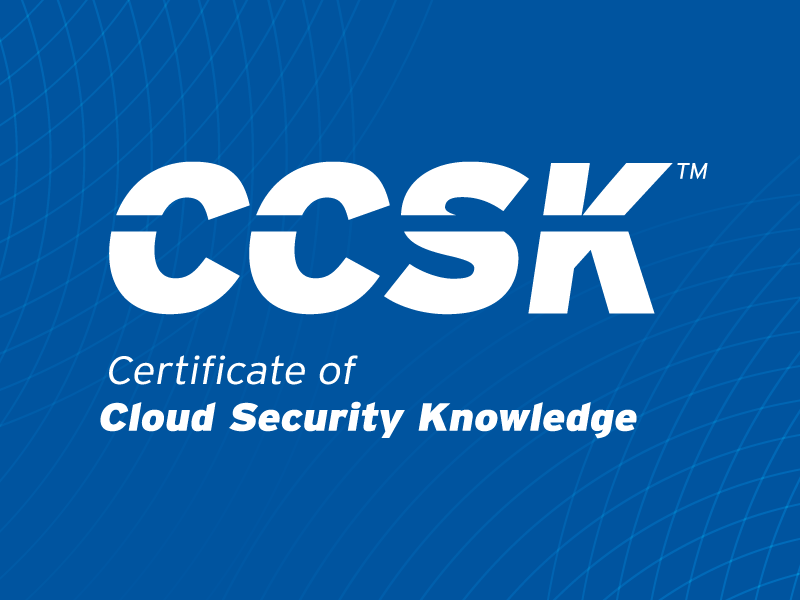How to Keep IAM Running in a Multi-Cloud World
Published 06/18/2025
Written by Eric Olden, Strata.
Why identity is more than just access
As the digital landscape rapidly shifts toward Zero Trust architectures, identity has taken on a much more critical role. Once a mechanism for simple verification, identity is now central to enterprise security. Governments, corporations, and institutions rely on identity systems to safeguard data, applications, and users.
This transformation means that if your identity infrastructure experiences an outage, everything from user logins to data access can grind to a halt. In today’s interconnected environment, this level of disruption is not acceptable—and not sustainable.
The complexity of modern identity environments
The challenge lies in managing identity across sprawling multi-cloud ecosystems while still supporting legacy systems. The traditional perimeter is gone, replaced by an intricate web of on-premises and cloud services. Identity must be available, operational, and resilient across the entire environment.
To deliver this level of reliability, organizations need built-in redundancy across identity systems. When one fails, another must take over—seamlessly and securely. A truly resilient identity architecture must span authentication, authorization, access control, audit logging, and accountability, particularly in light of new and emerging compliance requirements.
The hidden cost of downtime
Downtime isn’t just an inconvenience—it can be catastrophic. Even a brief disruption in identity services can block access to critical applications, hinder operations, and lead to costly losses. In some industries, that cost is measured in millions of dollars per hour.
Why identity-first security is the new standard
Traditional security approaches treated identity as peripheral—a way to log in, not a core part of the security model. But modern risks and hybrid environments have turned that thinking on its head. Today, identity is the front line of defense.
Identity-first security is gaining traction because it enables fine-grained control over people, systems, and devices. It ensures that access decisions are dynamic, contextual, and rooted in real-time policy enforcement.
New regulations are reinforcing the shift
Global regulations are catching up with this shift in mindset. Laws like GDPR, CCPA, and the EU’s Digital Operational Resilience Act (DORA) emphasize not just privacy, but operational continuity. DORA, in particular, mandates that firms be prepared to recover from ICT disruptions without impacting operations.
In the U.S., the National Institute of Standards and Technology (NIST) has updated its Cybersecurity Framework (CSF) to Version 2.0. This update adds emphasis on governance and resilient digital supply chains—pushing identity resilience into the regulatory spotlight.
Building identity continuity into your operations
Identity continuity means having an always-on IAM strategy that keeps authentication and access services operational—even in the face of disruption. The key is to proactively implement a structured framework for resilience.
A seven-part framework for resilient identity
- Inventory and assessment: Catalog all systems, applications, and data to identify what needs protection and where vulnerabilities exist.
- Classification: Assign levels of importance to each asset (e.g., mission-critical vs. non-critical) to prioritize resources and response strategies.
- Implement controls: Put technical controls in place to manage identity functions and ensure failover capabilities.
- Create policies: Develop clear, actionable policies that define how systems behave under normal and exceptional conditions.
- Test controls: Regularly test and validate your controls to ensure they work when needed—without introducing new risks.
- Reporting: Document testing processes, control effectiveness, and readiness plans to satisfy compliance and audit requirements.
- Establish governance: Maintain an oversight program that updates and refines your identity resilience strategy over time.
What resilient identity delivers
Organizations that implement this type of identity continuity are better positioned to manage the unexpected. Whether it’s a configuration error, system outage, or cyber incident, resilience planning ensures that disruptions don’t turn into disasters.
In this environment, isolated failures can be contained without triggering cascading damage. IAM services remain reliable, and business operations stay uninterrupted.
As identity becomes central to security and business continuity, adopting an identity-first, Zero Trust-aligned approach is no longer optional. It’s a strategic requirement for organizations that want to ensure data, systems, and people stay connected—no matter what.
Unlock Cloud Security Insights
Subscribe to our newsletter for the latest expert trends and updates
Related Articles:
Micro-Segment the Metal: A Zero Trust Field Guide for Physical Hosts
Published: 12/12/2025
Security for AI Building, Not Security for AI Buildings
Published: 12/09/2025
Zero Trust for OT in Manufacturing: A Practical Path to Modern Industrial Security
Published: 12/08/2025
Microsoft Entra ID Vulnerability: The Discovery That Shook Identity Security
Published: 12/08/2025





.png)
.jpeg)
.jpeg)
.jpeg)
.jpeg)